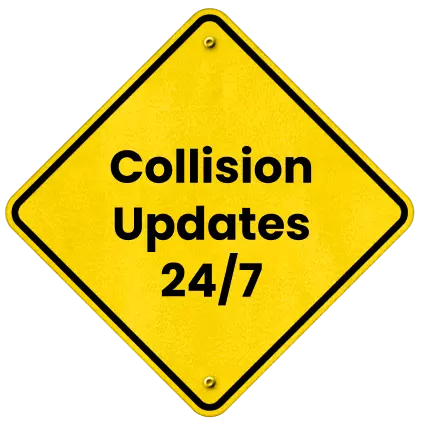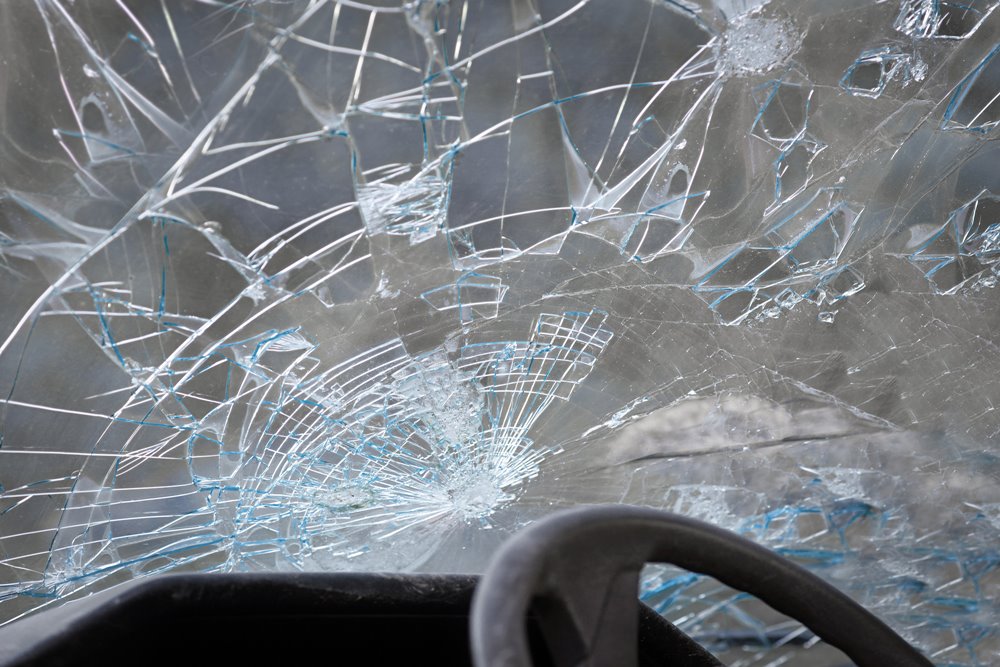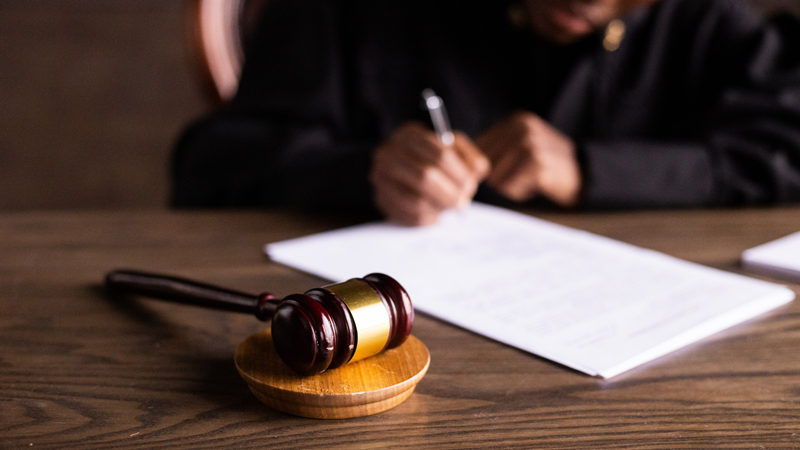
Construction Zone Pitfalls: Common I‑5 Accidents and Who Is Responsible


Construction zones along Interstate 5 are essential for maintaining and improving California’s freeway infrastructure, but they also pose unique hazards for drivers. Active projects, like the I‑5 Express Lanes expansion between Los Angeles and San Diego, often involve lane reductions, shifting traffic patterns, and heavy equipment operations.
These conditions increase the risk of I‑5 construction zone accidents, which can result in serious injuries, vehicle damage, and even fatalities. Understanding who may be responsible, as well as steps to preserve evidence after a crash, is critical for victims seeking legal guidance.
Common Causes of I‑5 Work Zone Crashes
Crashes in I‑5 construction zones often arise from a combination of driver behavior, environmental conditions, and work site management. Frequent causes include:
- Sudden lane shifts or closures: Drivers may not anticipate changes, especially in high-speed areas like the Los Angeles–San Diego corridor, Sacramento, or Portland Metro.
- Distracted or impaired driving: Cell phone use, fatigue, and alcohol or drug impairment increase the risk of collisions in narrow or shifting lanes.
- Construction equipment and materials: Vehicles may collide with machinery, barriers, or debris on the roadway.
- Inadequate signage or poor visibility: Obscured warning signs or insufficient lighting can contribute to confusion and accidents.
- Traffic congestion: Busy corridors, such as the Grapevine segment or urban bottlenecks, can trigger rear-end collisions and multi-vehicle pileups.
These overlapping factors make careful investigation of each crash essential to determine liability.
Safety and Prevention Tips
Driving through construction zones on I‑5 requires heightened attention and patience, as even minor mistakes can lead to serious accidents. Maintaining a safe following distance, reducing speed in work zones, and avoiding distractions like mobile devices are crucial steps for all drivers.
Understanding the layout of active projects, anticipating lane shifts, and remaining aware of construction personnel and equipment can further reduce risks. In the event of a crash, documenting the scene thoroughly, obtaining witness statements, and contacting an attorney promptly can make a significant difference in protecting legal rights.
Prioritizing safety and being proactive about legal guidance ensures that victims and their families are supported during a challenging time while also helping prevent future incidents on this heavily traveled corridor. Adopting these preventive measures, combined with awareness of high-risk areas such as the Grapevine segment, urban bottlenecks, and express lane expansions, can significantly improve driver safety.
High-Risk I‑5 Construction Zones
Certain stretches of I‑5 are prone to construction-related accidents due to traffic volume, geography, and ongoing projects. These include:
- Los Angeles to San Diego Express Lanes: Expansions and lane shifts create complex driving conditions and high-risk merging zones.
- Sacramento Valley improvements: Highway upgrades, bridge repairs, and lane closures introduce hazards for both commuters and commercial vehicles.
- Portland and Seattle Metro segments: Urban construction zones, merging lanes, and heavy commuter traffic increase collision potential.
- Grapevine segment (Santa Clarita to Bakersfield): Steep grades, narrow lanes, and truck-heavy traffic heighten risks, especially in inclement weather.
Drivers should exercise extra caution in these areas, reduce speed, and stay alert to changing lane configurations and traffic control devices. Awareness of construction zones and active projects can help prevent collisions and minimize injury risk.
Preserving Evidence After a Freeway Work Zone Crash
Immediate documentation after an I‑5 construction zone accident is critical for protecting legal rights. Photographing the crash scene, including lane markers, cones, signage, barriers, and vehicle damage, can help reconstruct the incident. Collecting contact information from witnesses, other drivers, and construction personnel present at the scene ensures that statements can be obtained if needed. Keeping copies of medical records, repair estimates, and insurance correspondence is equally important. Victims should avoid giving recorded statements to insurance adjusters before consulting an attorney, as premature statements may affect liability determinations.
Prompt evidence collection not only clarifies the cause of the crash but also strengthens claims for compensation. Attorneys experienced with freeway work zone crash I‑5 cases can advise families and injured drivers on which documentation is most important. They may coordinate with accident reconstruction experts, obtain traffic camera footage, and secure contractor records to ensure all relevant evidence is preserved.
Contractor vs. Driver Responsibility
Understanding how liability is divided between contractors and drivers is essential in work zone accidents. Drivers are responsible for operating their vehicles safely, obeying posted speed limits, and following temporary traffic signs. However, contractors have a duty to maintain safe work zones, including proper signage, barriers, lighting, and traffic flow management. If these measures are lacking or improperly installed, contractors can be held partially or fully liable for accidents.
For example, if a rear-end collision occurs due to unclear lane markings or missing warning signs, the contractor or the agency overseeing the construction may bear significant responsibility. In multi-vehicle crashes, liability may be shared among drivers and construction entities, which underscores the importance of a thorough investigation by experienced attorneys.
Legal Liability in I‑5 Work Zone Accidents
Liability in freeway construction crashes can involve multiple parties, including drivers, construction contractors, and government agencies overseeing the project. Driver negligence, speeding, following too closely, or distracted driving is often a key factor, but contractors and public agencies may also bear responsibility.
Contractors may be liable if traffic control devices, cones, or barriers were improperly placed, or if warning signs were missing, confusing, or poorly maintained. Government agencies responsible for roadway construction and maintenance may also be held accountable if the work site created preventable hazards or failed to meet safety standards.
Determining responsibility in I‑5 work zone crashes can be complex, particularly when multiple parties are involved. A skilled attorney specializing in legal liability in I‑5 work zones can review the circumstances, identify liable parties, and guide victims through potential claims. In many cases, both driver and contractor negligence may contribute to an accident, and the percentage of fault can affect the amount of compensation available.
Taking Action After an I‑5 Construction Zone Accident
After a crash, it’s natural to feel overwhelmed. Focusing on recovery while protecting legal rights is essential. Seek immediate medical attention, document injuries and vehicle damage, and contact a qualified attorney experienced in freeway work zone crash I‑5 cases. Early consultation ensures that evidence is preserved, deadlines are met, and all potentially liable parties are identified.
Get in touch with an experienced I-5 Accident attorney, familiar with I‑5 construction zone accidents and legal liability in I‑5 work zones. Compassionate legal guidance ensures victims and families receive support while navigating complex liability scenarios, insurance claims, and evidence collection.







